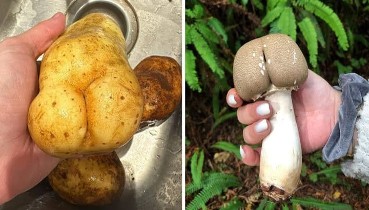
12 Elusively Blue Animals: The Rarest Creatures of All
Blue is the most popular color in the world, with a plurality of people picking blue as their favorite color when surveyed. However, blue is also one of the rarest occurring pigments found in nature. Sure, the sky and the ocean are blue, but while there are an abundance of green, yellow, and red animals, almost no blue animals exist.
The main reason why blue is so elusive is because of the relatively narrow range of pigments that cause coloration in animals. Some colors are common among animals due to those animals' abilities to either produce pigments of those colors or absorb them from the food they eat. For example, melanin is one of the most common pigments produced by animals and is responsible for the brown or black colors of most mammals' hair or fur and some birds' feathers. Meanwhile, red and orange pigments are produced by carotenoids in plants and algae, which are then consumed by animals like shrimp and lobsters, giving them their distinct pink and red colors. Flamingos also gain their pink coloration from carotenoids found in the shrimp that they eat.
While some plants can produce blue pigments thanks to anthocyanins, most creatures in the animal kingdom are unable to make blue pigments. Any instances of blue coloration in animals are typically the result of structural effects, such as iridescence and selective reflection.
Blue JayA blue jay perched on a branch of a tree
Kevin Pihlaja / Getty Images
The blue jay (Cyanocitta cristata) produces melanin, a black pigment, meaning that its feathers should appear black. However, tiny air sacs in the bird's feathers scatter light, making them appear blue to our eyes. This scattering of light within the blue jay's feathers is very similar to Rayleigh scattering, the phenomenon responsible for the answer to the age-old "why is the sky blue?" question.
Thus, since the distinctive blue color of the blue jay's feathers is not caused by pigments, it is possible to change the color of the bird's feathers back to black by altering their structure. In fact, damaged blue jay feathers do appear black as all traces of blue disappear when the light scattering is disrupted.



